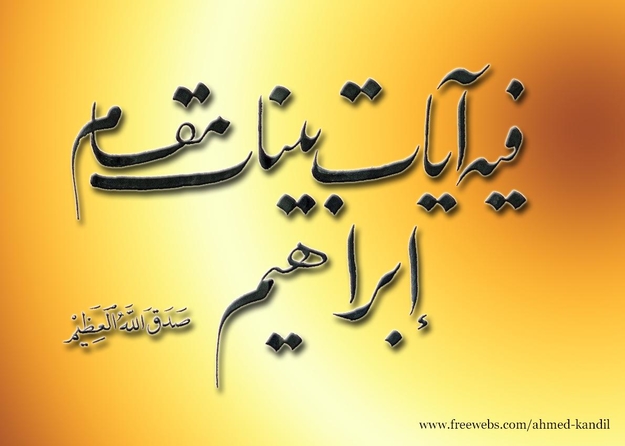Arabic belongs to the group of Semitic alphabetical scripts in which mainly the consonants are represented. Arabic script is derived from the Aramic Nabataean alphabet. It is a script of 28 letters and uses long but not short vowels. These letters are derived from only 17 distinct forms, distinguished one from one another by a dot or dots placed above or below the letter. Short vowels are indicated by small diagonal strokes above or below letters. Written without dots and diacritical points, Arabic script looks flat and barren. But when the dots and diacritical points are added, the script come to life like a garden in spring.
The major six scripts known in calligraphy as al-aqlam al-sittah -- or as Shish Qalam in Persian and Turkish -- are cursive scripts. These scripts were first raised to the status of major scripts when they were subjected to strict calligraphic rules by Ibn Muqlah. The scripts gained grace and beauty at the hands of succeeding master calligraphers, in particular Ibn al-Bawwab (1022), the great Yaqut al-Musta'simi (1298), Shaykh Hamdullah al-Amasi (1520) and Haffiz Uthman (1698).
The styles of Arabic Calligraphy are
DEEWANI
KUFI
FARSI
REQ'AA
NASKH
THULUTH
